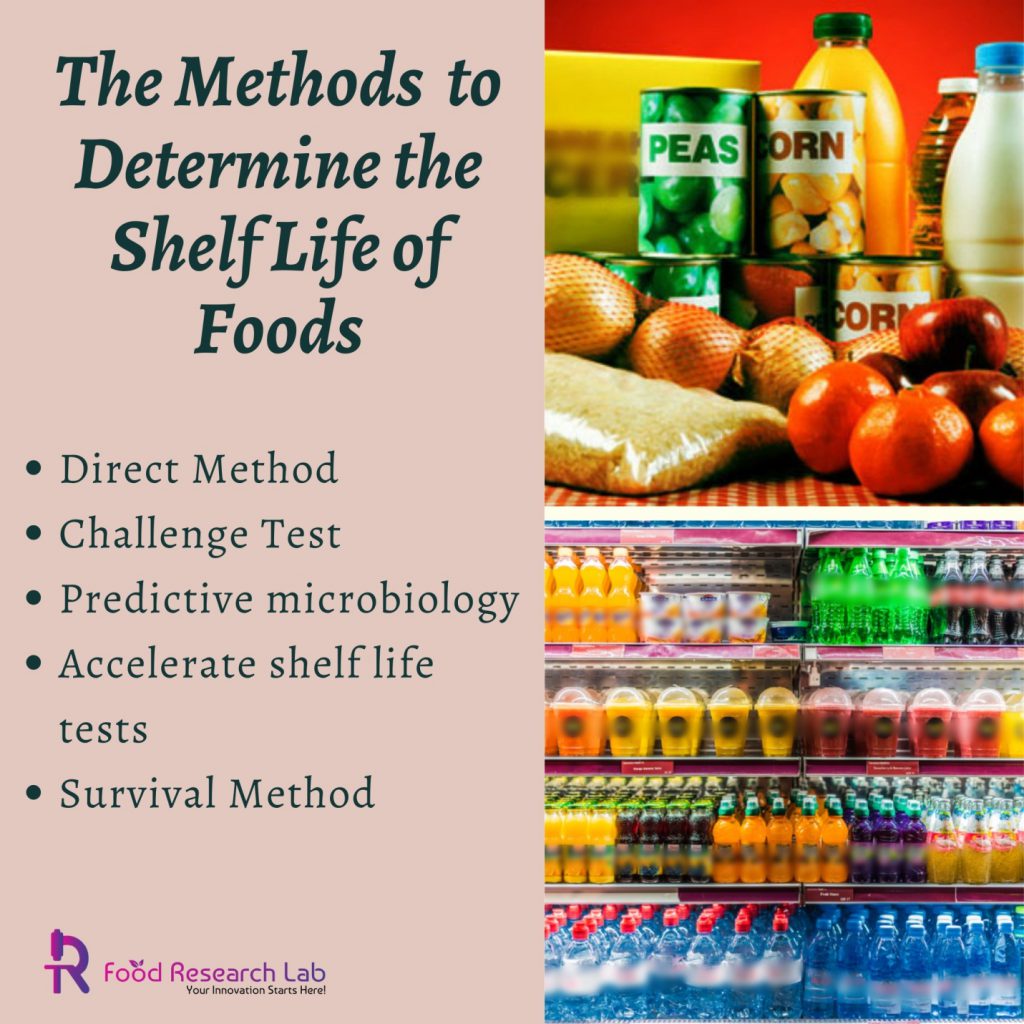There are a few stuff that is looked into before a food package is designed. It helps in the process of knowing exactly how hard to hit the bullseye on the target. It’s impossible to do something without a plan or a checklist. The design of food packaging indeed does. The best food packaging experts here is a complete food packaging checklist to help your product fly off the shelves. (1)
What are the different methods of food manufacturer can determine the shelf life?
In Brief:
- Consumers expect to buy high-quality, fresh food. Still, recently, they’ve also begun to look for foods with fewer food additives or preservatives, pressuring producers to reformulate products to meet growing clean label difficulties and ensure food safety and brand protection.
- Food product development companies are also challenged with determining and maximizing the shelf life for products exposed to varying environments in the supply chain during New food product development
- Shelf life traces all the issues mentioned, and shelf-life determination is vital in providing safe, quality food products to consumers.
Introduction
The specified shelf life of food is the period for which it rests safe and suitable for eating, provided the food has been stored following any stated storage conditions. It means that the food (1)
- must remain secure to eat
- has not deteriorated in quality or rotted in any way that the customer would find unacceptable
- should contain all the nutrients listed in the label.
Determining the shelf-life of new product development in the food industry
Deciding the shelf life of handled food sources is one of the standard issues looked by food organizations when dispatching a product to showcase or altering a portion of its fixings. This issue is pervasive regarding durable products, where food needs numerous months, or even years, to crumble. That is why it is vital to utilize techniques that effectively gauge products’ shelf life in food and beverage development.
We understand shelf life as when food keeps up attributes and a degree of value appropriate for human food development. Food’s shelf life is between creating and bundling the product and getting inadmissible under certain natural conditions in the food business. The utilization of said food infers a danger to customer health under the guidance of food product development consultant.
The primary methods to determine the shelf life of foods
Direct method
Many food research and development companies studies that comprise putting away the product under conditions like those it will confront to screen its advancement in normal timespans. This method’s entire scope makes a remarkably accurate assessment of the time it takes for a product to disintegrate; notwithstanding, they are contemplating that generally take quite a while. And don’t consider how capacity states of a product are not usually stable over the long run. (2)
Challenge Test
This method comprises tentatively bringing microbes or microorganisms into the food during the creation cycle, with the goal that the product is presented to the natural conditions it will endure from the food product developers. This type of test’s primary disservice is that the impacts brought about by the considered boundaries are the solitary things dissected, and the way that the product can be confronted with different factors simultaneously isn’t tended. Likewise, they believe that they are very unpredictable and hard to execute, says food development consultants.

Predictive microbiology
This approach contemplates the unusual microbial reactions of food sources to changing natural conditions, because of numerical and factual models, to anticipate the microorganisms’ conduct in the product. This type of study, broadly utilized when building up another product, thinks about the conceivable changing states. Its significant impediment is that it suggests more prominent unpredictability for the producer and that the outcomes compare to a recreation, which may not be precise.
Accelerate shelf-life tests
In these tests, conditions, for example, temperature, oxygen pressing factor or dampness content is altered to quicken waste responses of a food. These forecasts permit one to anticipate the conduct of nourishments in specific conditions and gauge how they will develop under certain capacity conditions. Quickened tests allow the consideration of changing natural conditions and focus varieties of the fixings they are made. These investigations are adaptable, ease for the maker and take into account the examination of various situations. Since it’s anything but a precise portrayal of the real world, there is some safety buffer in the got results.
Survival method
It is a type of study that depends on the customer’s assessment of its actual attributes. It comprises knowing individuals’ disposition towards similar products with various assembling dates to decide whether they would devour it. This method tries to set up a connection between the shelf life of usability and the apparent nature. Even though it’s anything but a process to gauge the shelf life of usability precisely, it is critical to do it integrally to build up the best by date of a product. (3)
We have the experience, knowledge and ingredients portfolio to help you develop
Interested in learn more? Get in touch, we’d love to discuss your next project with you
Conclusion
The attention in preserving food goes very distant back in time. Pickling, Salting or drying in the sun and air were the first to extend food’s shelf life. Today, food research and development companies are responsible for determining their products’ shelf life and delivering high-quality food. The search for these quality tips producers to conduct studies and learn the factors that cause their products’ deterioration to have a sustainable basis for decision-making. Food research lab explains the primary methods to determine the shelf-life of foods from packing, distribution, or antioxidants to protect food against the oxidation.

Let’s create something Innovative and Delicious together
Food Research Lab strives for excellence in new Food, Beverage and Nutraceutical Product Research and Development by offering cutting edge scientific analysis and expertise.




